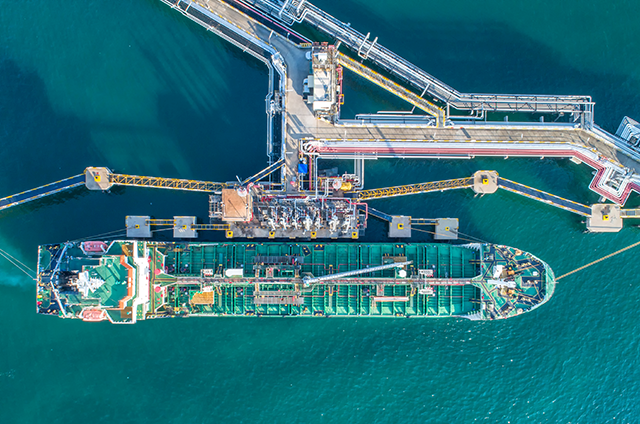The Bajo Grande refinery is the smallest of the three refineries that make up the Complejo Refinador de Paraguaná (CRP | English: Paraguana Refining Complex) in Venezuela. CRP has a nominal capacity of 971 MBD, and consists of refineries: Amuay (645 MBD), Cardón (310 MBD), located in the Paraguaná Peninsula, and the Bajo Grande refinery in Zulia state, with a capacity of 16 MBD, destined for the production of asphalt.
Located on the western coast of Lake Maracaibo in Zulia state, the refinery was originally built by the Richmond Exploration Company in 1956 and later acquired by Chevron before being nationalized in 1976 and integrated into PDVSA’s operations.
Bajo Grande has a nominal crude processing capacity of 16,000 barrels per day (bpd). Unlike the larger Amuay and Cardón refineries, which are configured for a wide range of fuels and petrochemicals, Bajo Grande is primarily dedicated to the production of asphalt and heavy products. Its process configuration is relatively simple, focusing on atmospheric distillation and downstream units tailored for bitumen and asphalt blending. The refinery’s feedstock is typically Venezuelan heavy crude oil, supplied from nearby fields in the Maracaibo basin.
Historically, Bajo Grande played a strategic role in supplying asphalt for domestic infrastructure projects and export markets in the Caribbean and Central America. However, in recent years, the refinery has faced operational challenges, including periods of shutdown due to underinvestment, lack of maintenance, and feedstock shortages. Reports indicate that the refinery was shut down in August 2016, and since then, its operations have been sporadic, with occasional attempts at repair and restart as part of broader efforts to revitalize Venezuela’s refining sector.
Today, Bajo Grande remains part of the CRP under PDVSA’s management, but its contribution to Venezuela’s overall refined product output is limited, and it is mainly referenced for its asphalt production role. The refinery’s location on Lake Maracaibo allows for barge and tanker loading of asphalt and heavy products for regional distribution.















